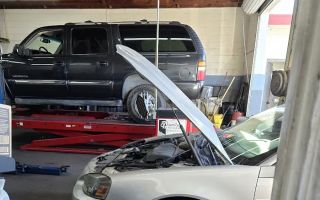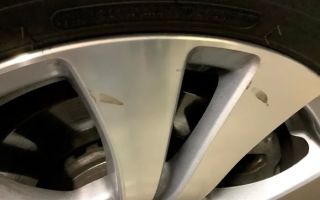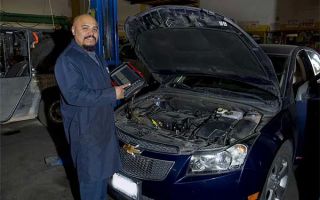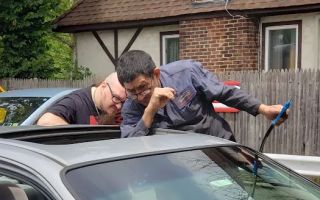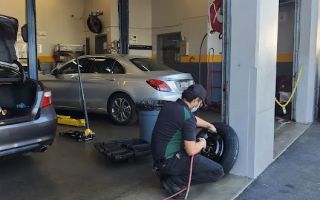How to Fix Car Dashboard Warning Lights
When driving, one of the most unsettling experiences is seeing a dashboard warning light flash on. These lights indicate that something in your car needs attention, and depending on the light, it could range from a minor issue to a serious concern. Knowing how to address these warning lights can save you time and money in the long run, and in some cases, it might prevent further damage to your vehicle. In this article, we'll explore what each common dashboard warning light means and how to fix them, helping you keep your car in optimal condition.
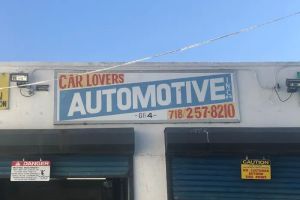
Car Lovers Automotive, Inc.
884 New Lots Ave, Brooklyn, NY 11208, USA
1. Understanding Dashboard Warning Lights
Before diving into how to fix the issue, it’s important to understand what these lights mean. Dashboard lights are a signal from your car’s onboard computer, alerting you about potential problems. These lights are categorized into two types: warning lights and indicator lights. Warning lights indicate an urgent issue that requires immediate attention, such as the engine or brake system. On the other hand, indicator lights, like the turn signal or high beam lights, are less critical but still essential for your vehicle's operation.
2. Common Dashboard Warning Lights and Their Meanings
Each warning light is a unique symbol designed to represent a specific issue. Here are some of the most common dashboard warning lights you may encounter:
- Check Engine Light – This is one of the most dreaded lights on the dashboard. It can indicate a variety of issues ranging from a loose gas cap to more serious engine problems. If it turns on, it’s best to take your car to a mechanic as soon as possible for a diagnostic check.
- Oil Pressure Warning – If this light turns on, it’s often a sign of low oil pressure. Low oil levels or a malfunctioning oil pump can trigger this warning, so check your oil level and consider a change.
- Battery Charge Warning – This light suggests that there is an issue with the battery or charging system. If the light comes on while driving, it’s essential to get the battery tested and check the alternator to avoid being stranded.
- Brakes Warning Light – If this light illuminates, it could be a sign of low brake fluid or an issue with the braking system. Don’t ignore this light, as it could affect your car’s ability to stop effectively.
- Tire Pressure Warning – This light means that one or more of your tires is underinflated. Check your tire pressure with a gauge and inflate the tires to the manufacturer’s recommended pressure levels.
3. How to Fix the Check Engine Light
The Check Engine light is the most intimidating, but don’t panic. Often, it’s triggered by something simple, like a loose gas cap. Here's how you can troubleshoot:
- First, check the gas cap. If it’s loose or damaged, tighten or replace it.
- If the gas cap is fine, check for any other obvious issues such as unusual noises or leaks. These can give clues to the problem.
- Next, use an OBD-II scanner, a device that reads trouble codes from the car’s onboard computer, to identify the exact issue.
- If you can’t find an obvious issue, it’s time to take the car to a mechanic. They’ll have the tools and expertise to perform a more thorough diagnostic test.
4. How to Address the Oil Pressure Warning Light
If your oil pressure light comes on, it’s essential to take action quickly to avoid engine damage. Here's how to address it:
- Check your oil level. If it’s low, top it off using the correct oil for your vehicle.
- If the oil level is fine, the problem could be with the oil pump or a clog in the system. If you suspect this, it’s best to have a mechanic inspect your car.
- In some cases, replacing the oil pressure sensor may solve the problem, especially if it’s a false alarm.
5. Dealing with the Battery Charge Warning Light
If your battery charge warning light illuminates, it could mean your car's charging system is malfunctioning. Here’s what to do:
- Start by checking the battery terminals for corrosion or loose connections. Clean or tighten as needed.
- Next, check the alternator belt. If it's worn or loose, it could be preventing the alternator from charging the battery effectively.
- If the light stays on, have the battery and alternator tested at a service center to determine if either needs replacing.
6. Brake System Warning Light and Its Importance
Never ignore the brake system warning light. Here’s why:
- If this light turns on, check your brake fluid level. Low fluid could indicate a leak, which may lead to brake failure.
- If the fluid level is fine, the problem could be with the brake pads, calipers, or sensors. It’s essential to have your brake system inspected immediately.
- Regular maintenance, including brake fluid replacement and pad checks, can prevent this warning light from appearing in the first place.
7. Maintaining Your Car to Avoid Warning Lights
Regular maintenance is key to keeping warning lights off your dashboard. Follow these steps:
- Perform routine oil changes according to the manufacturer’s schedule.
- Regularly check and replace the air and fuel filters.
- Ensure that the tire pressure is maintained at the proper level.
- Schedule annual brake system checks and keep an eye on your car's overall performance.
8. Conclusion: Stay On Top of Warning Lights
In conclusion, car dashboard warning lights are an important part of your vehicle’s safety system, alerting you to potential issues before they become major problems. While some of the causes behind these warning lights are simple fixes, others may require professional attention. By keeping an eye on your dashboard and addressing problems early, you can prevent costly repairs and keep your car running smoothly. If you ever encounter a warning light you don't know how to handle, don’t hesitate to consult a professional mechanic for help.
Remember, your car is one of your most important investments. Keeping it in optimal condition not only ensures your safety but also prolongs its life.


